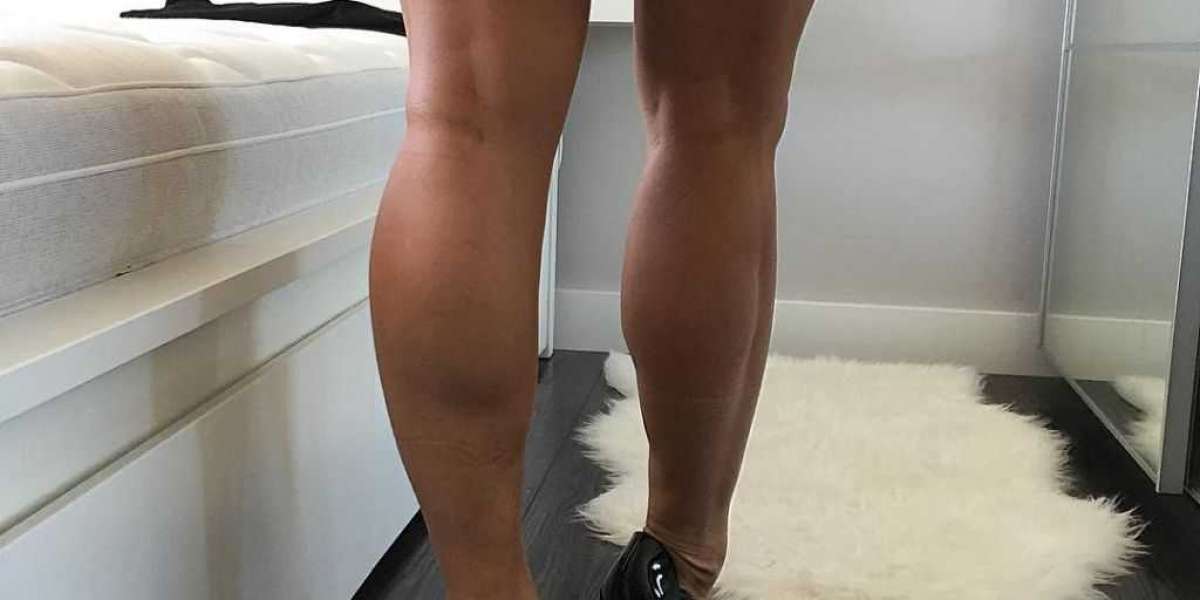See More Which Adhesive Type Is Used On LED Strip Lights?
Quick Guide To Cutting LED Strip Lights
If you’re eager to start cutting your LED strip lights, follow this quick guide:
- Ensure your LED strip light is in working condition.
- Measure and determine the exact length you desire for your light strip.
- Locate the nearest cut line on the strip, which is usually a solid or dashed black line closest to your desired measurement.
- Safely and accurately cut the LED strip along this marked line using a knife or sharp scissors.
Now, let’s delve into more detailed instructions specifically related to cutting LED strip lights.
Can You Cut LED Strip Lights?
If you’re wondering whether it’s possible to cut LED strip lights, the answer is yes! LED strip lights are a versatile lighting option that can be customized to suit your needs.
To do this, simply look for the straight or dotted black lines at regular intervals on the strip. These lines indicate the safest places to cut the LEDs without causing any damage.
While the cutting lines will differ on each strip light, they typically fall after every 3 LEDs.
For instance, if there are 30 LEDs per meter density, the cutting lines will typically be every 10cm, which is after the third LED light. To locate the cutting line, keep an eye out for symmetrical copper soldering pads on each side of the black line.
So go ahead and get creative with your lighting!
If You Cut LED Lights, Will Both Sides Still Work?
The short answer is yes. Both sides of your cut LED light strips will work once you cut them.
The reason lies in the cutting points. Each section between the cutting points is the circuit on its own, so it doesn’t matter which cutting point you decide to use as long as this is the only place you do the cut.
This is definitely good news as you don’t create any more waste and you can still reuse your second half. You essentially get two light strips for the price of one and need to connect it to the power supply or buy a new plug.
How To Cut Strip Light Safely?
Customizing the length of your LED strip lights is relatively straightforward. Here’s my step-by-step guide.
Step 1: Determine how long your LED strip needs to be. To do this, you should measure where you want the lights to go.
Be as accurate as you can with this. Then choose the cutting line on your LED strip closest to this measure length.
Step 2: Test your light strips to check that they work. This may seem obvious, but in most cases cutting or soldering lights will void your warranty, so it’s better to double-check.
Step 3: Cut precisely along the cutting line with a sharp knife or scissors. Take your time and remember that LED strips are designed to be cut, so you’re not going to get a shock.
The correct way to do it is with a really sharp pair of scissors - it’ll give the cleanest cut and won’t drag through the adhesive backing of the strip, making it peel. But you can use a sharp knife instead of scissors if you’re careful.
You’ll also need to decide how to connect the strip to the power source. Most reels come with a pre-fitted socket, but cutting down the LED strip removes this, so you’ll need to fit a new one.
You can choose between soldering a new socket onto the strip or using a strip power source connector (Amazon).
See More What Is The Difference Between Rope Lights And LED Strip Lights?
Can You Reconnect LED Strip That Has Been Cut Off?
What happens if you cut the strip too short? Can the two pieces be reconnected, or will you have to buy a new strip?
Provided that you cut along the designated cutting line, LED strips can be reconnected. You can take many approaches to reconnect the two pieces of strip lights.
The easiest one by far is to use a connector. Quick connectors are readily available from retailers just like this set on Amazon, and they come in a range of different shapes, namely right angles, and T-tap.
If you’ve cut in the wrong place, there’s no way to reconnect the two light strips.
How To Reconnect Cut Strip Lights
Strip connectors are generally the most straightforward solution as they don’t require any tools. You need the correct connectors.
Use a knife to cut away the translucent plastic covering over the copper pads.
Insert the strip into the connector, ensuring the components match up. Close the connector to secure the connection.
Another option is to solder directly to the strip using a soldering iron and old wires. Melt the solder directly onto the copper dots to form a small puddle and line up the polarity.
The black wire should line up with the negative mark, and the red line should line up with the positive mark.
Use wire strippers to strip around half an inch of casing off the end of your wires. Then, twist the end of the wire to join all the frayed ends and attach the wires to the solder puddles.
Once a connection has been established, you can plug your strip lights into a power source and check that they’re working. Voila! It’s that simple.
This was a very brief guide, but I have an in-depth article that answers everything about connecting LED strip lights, so make sure to check it out.
Troubleshooting: Fixing LED Strip Lights Problems Post-Cutting
If your LED light strips aren’t working after being cut, check whether your lights were designed to be cut.
If they weren’t, and cut them, then, the damage has been done. In these lights, the circuit runs continuously throughout the entire length, so cutting it has caused permanent damage.
If your LED strip light was designed to be cut, the second measure is to check you’ve actually cut them along the given cut lines.
Cutting outside the cut lines will kill that individual circuit, so you’ll have to trim back to the closest cutting line.
When you connect strips together, there are some other issues that you can notice, but they are not directly related to the cut.
If your LED strip setup is working but is a different shade of brightness at each end, you’re experiencing a voltage drop.
Generally, 12V LED strips should not exceed 10 feet, and 24V should not exceed 15 feet. Voltage drops can be prevented by reducing the strip length per power supply.
Alternatively, if your RGB LED strips are not changing color, this suggests that you’ve lined the polarities up incorrectly when connecting them. To ameliorate this, flip your strip around and reconnect it.
Customizing the length of your LED strips may sound uncomplicated, but mistakes can happen, and your LED strip light might stop working correctly, but with the above guide I am sure you will do well.
See More What are LED Strip Lights Vs Rope Lights, Best Places to Use







